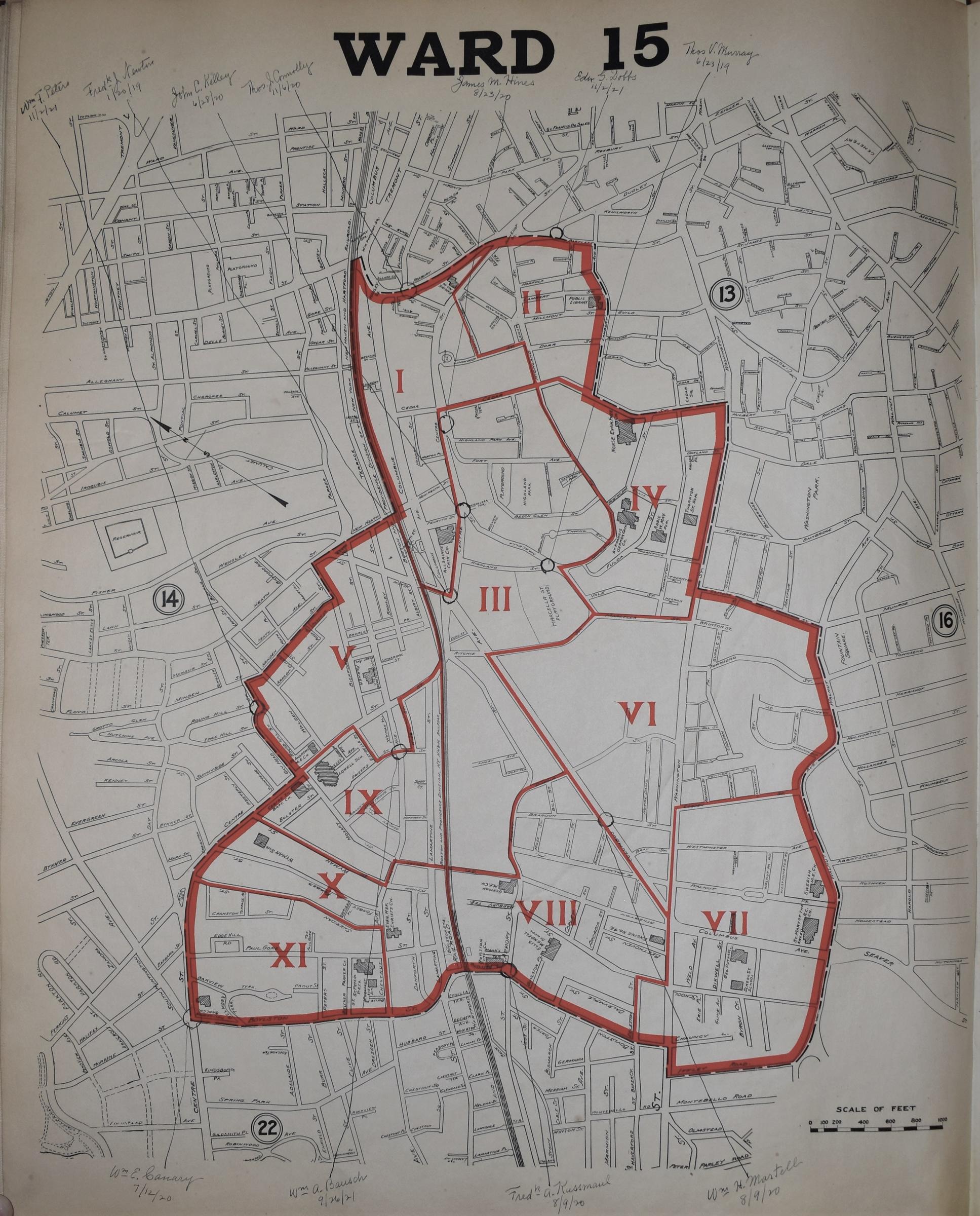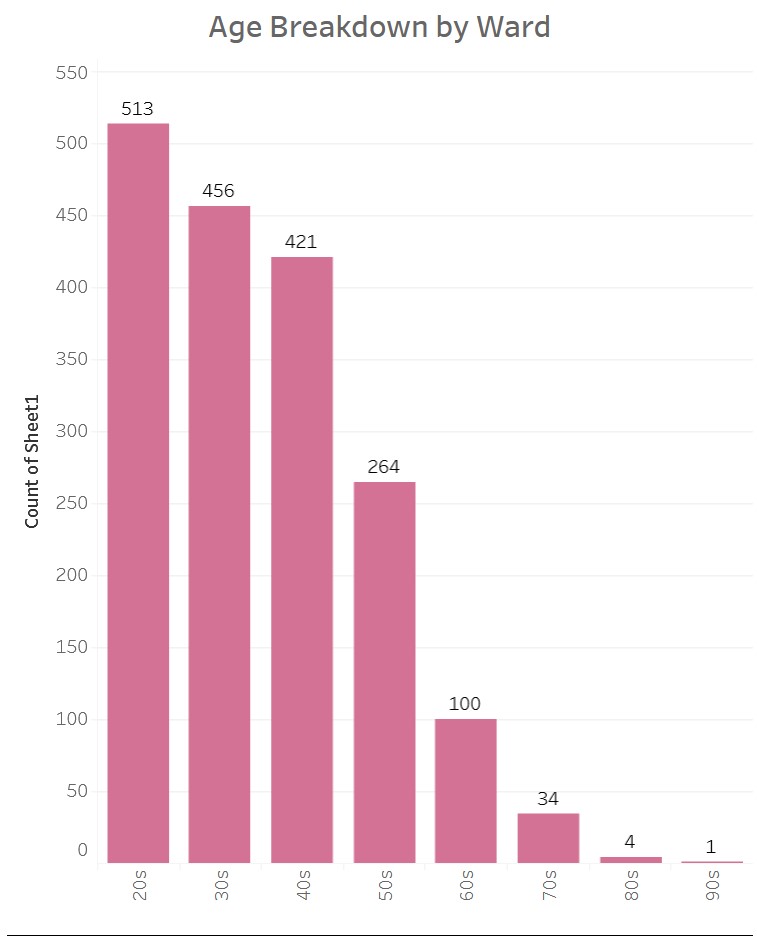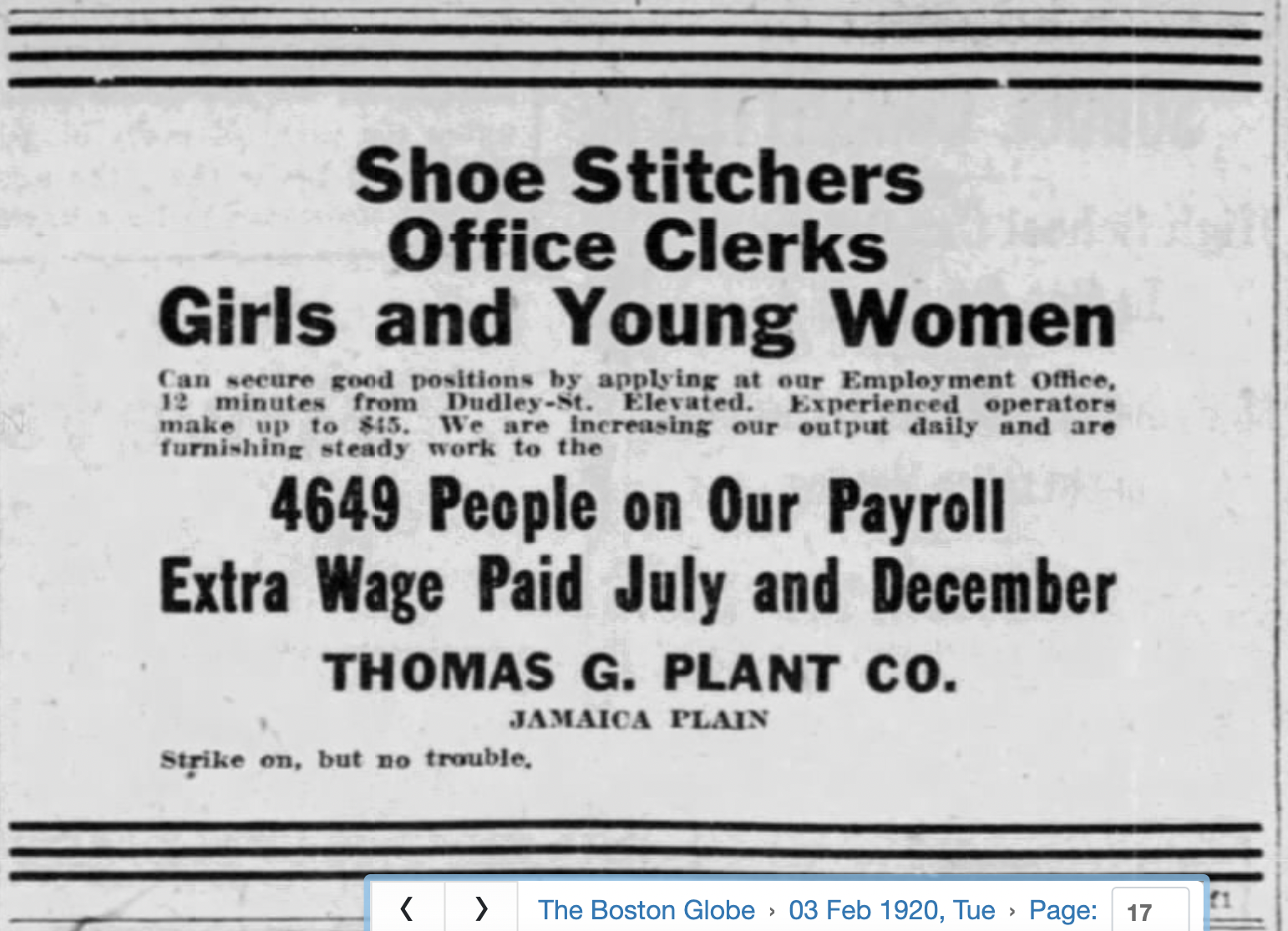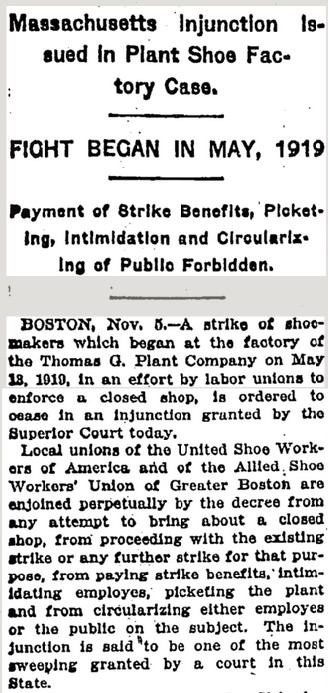The Mary Eliza Project: Ward 15 Voter Records Now Available
In Boston's Ward 15, over 1800 women registered to vote in 1920. We’ve finished transcribing our Ward 15 Women’s Voter Registers and the data is now available at Analyze Boston.
In 1920, after the passage of the 19th Amendment, over 50,000 Boston women registered to vote. The 1920 Women's Voter Registers now live at the Boston City Archives and document women's names, addresses, places of birth and occupations. Sometimes women provided additional information about their naturalization process to become a US citizen, including where their husbands were born because in 1920, a woman's citizenship status was tied to her husband's nationality.
The Mary Eliza Project, named after African American nurse, civil rights activist, and Boston voter Mary Eliza Mahoney, is transcribing these valuable handwritten records into an easily searchable and sortable dataset. We've recently finished transcribing the Ward 15 registers and have added them into our dataset!
In 1920, Ward 15 covered portions of what we would now consider Roxbury and Jamaica Plain, stretching from Centre Street to Walnut Avenue. While the majority of the ward's new voters were born in the Untied States, over 500 of Ward 15's registrants were foreign-born. Their birthplaces included Canada, Norway, Russia, Poland, Romania, Ireland, Austria, Germany, Armenia and even Barbados.
Ward 15's new voters also represented a diversity of ages. 139 of the new voters were over the age of 60, and the Ward's oldest voter was in her 90s!
Many of Ward 15's new voters worked in local shoe factories, including as many as 48 women who indicated that they were employed at Jamaica Plain's Thomas Plant Shoe Factory. Workers employed at the Plant factory, located at the corner of Centre and Bickford Streets, had been on strike since early 1919. In an attempt to continue production despite the strike, the Plant Company advertised for new workers, with ads assuring prospective workers "strike on but no trouble."
The strike lasted until November of 1920, and was in full swing during the voter registration period. Its unclear if the Ward 15 women who indicated that they worked at the local Thomas Plant Shoe Factory at the time of their registration were workers on strike or if they were workers hired by the Plant Factory to replace strikers. The context of these factory workers registering during the strike raises interesting questions. Did the women on strike and the women replacing them run into each other in line to vote? Did striking motivate female factory workers to become more politically active, perhaps increasing their interest in registering to vote?
Just a few days after Boston's newly registered voters cast their ballots in the 1920 presidential election, the Massachusetts Superior Court ordered an end to the strike. However, women's participation in the labor movement was only beginning. Florence Luscomb, a Boston suffragist and labor organizer discusses both the suffrage and labor movement and their relationship in her oral history, which you can listen to in our digital repository.
The story of the Thomas Plant Strike is just one of many new stories held in this new addition to our dataset. Dive into the dataset and let us know what you find!
Further Reading:
- Stitchers, Topmakers, and Eyeletters: Boston's Women Shoeworkers in the 1920 Women's Voter Register, Boston City Archives
- “The Boot and Shoe Industry in Massachusetts as a Vocation for Women,” by the Women’s Educational and Industrial Union, 1916, Harvard University Widener Library.
- “Thomas G. Plant Shoe Factory and Queen Quality Shoes,” Jamaica Plain Historical Society
- “‘An Utterly Unjust Interference’: The Bootblack Women of Bromfield Street Fight for their Jobs,” Boston City Archives
- Florence Luscomb, National Park Service





